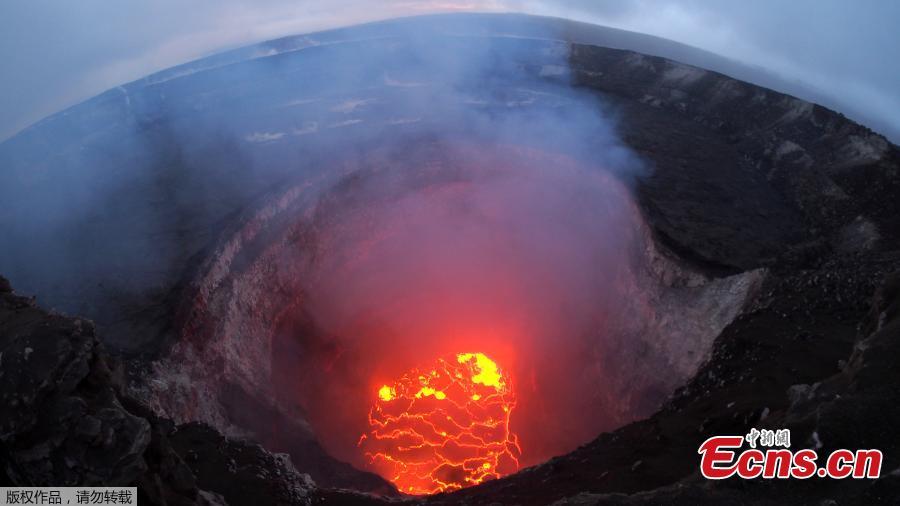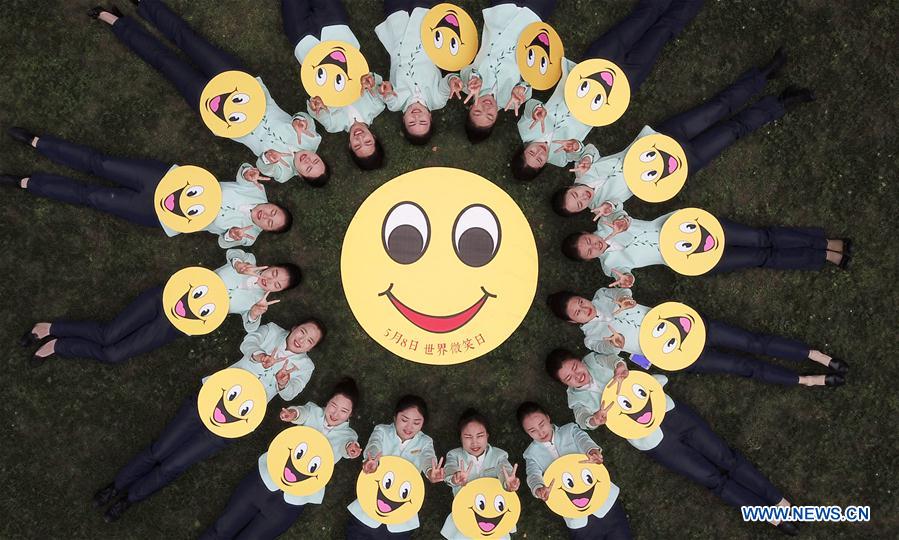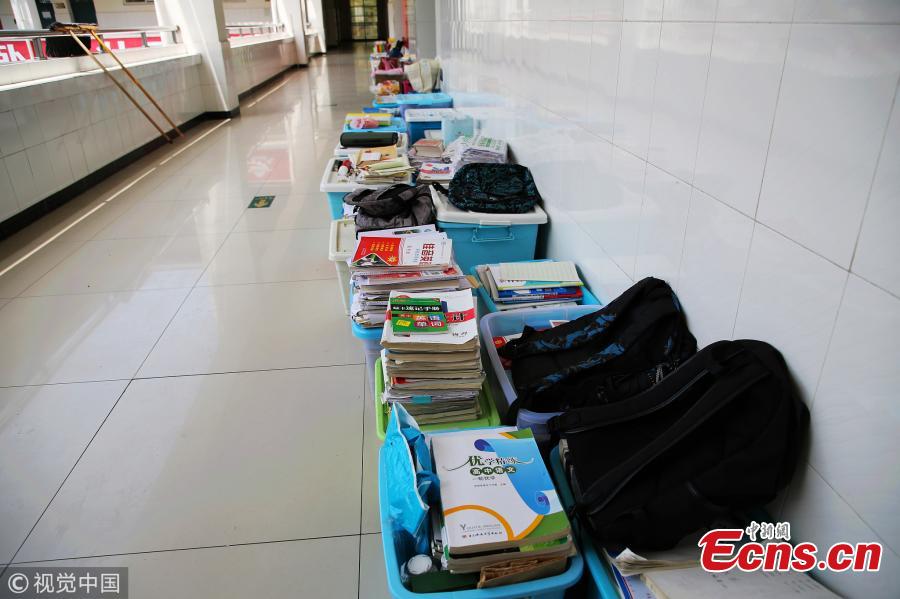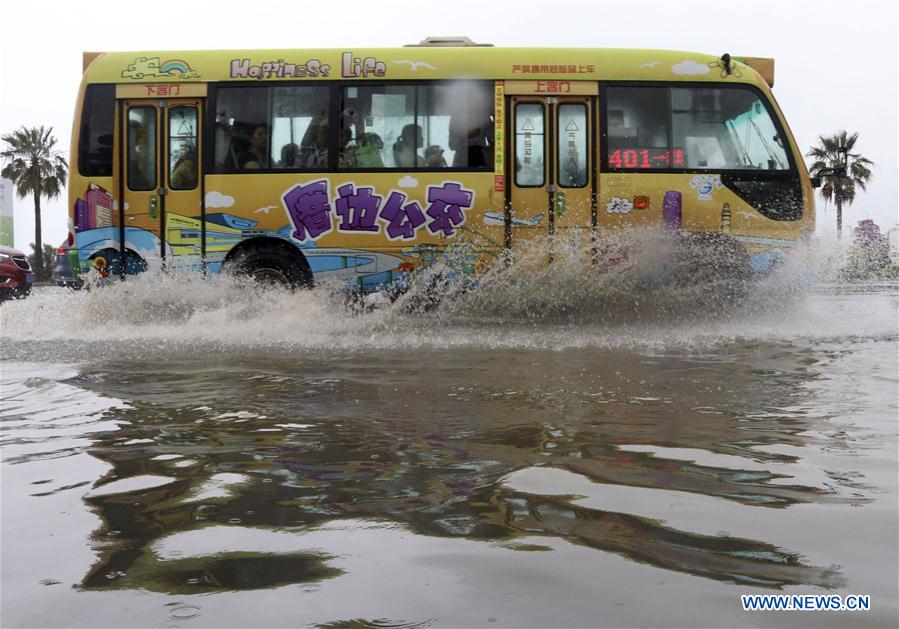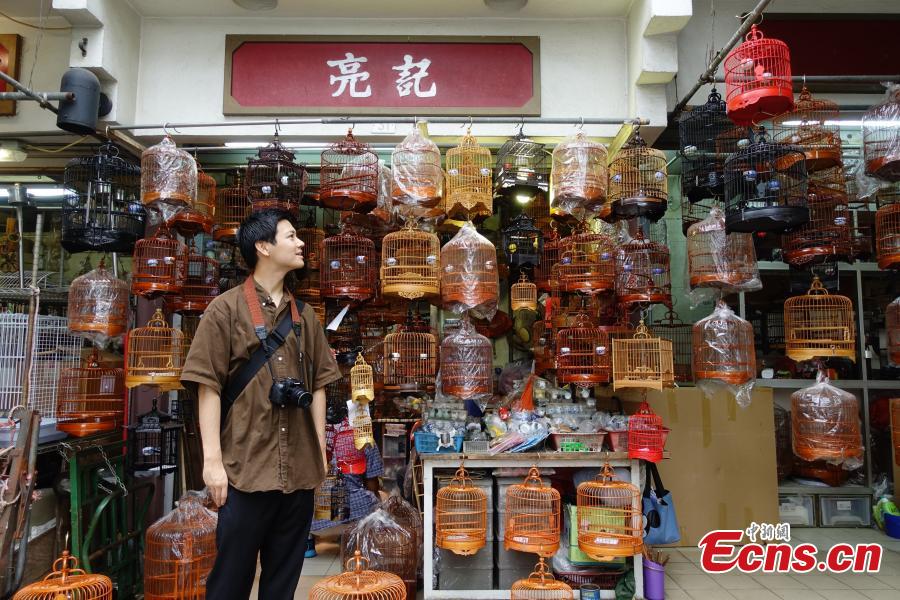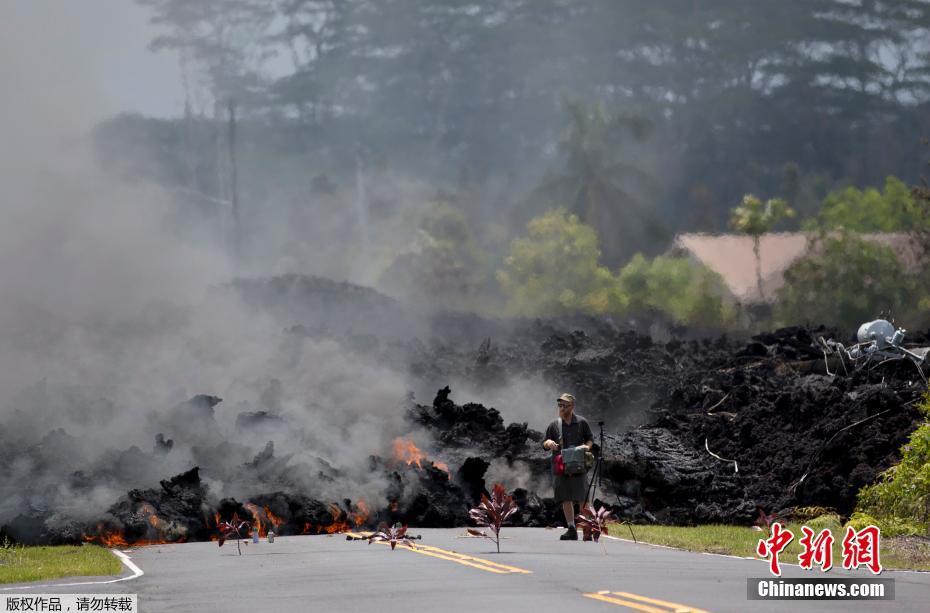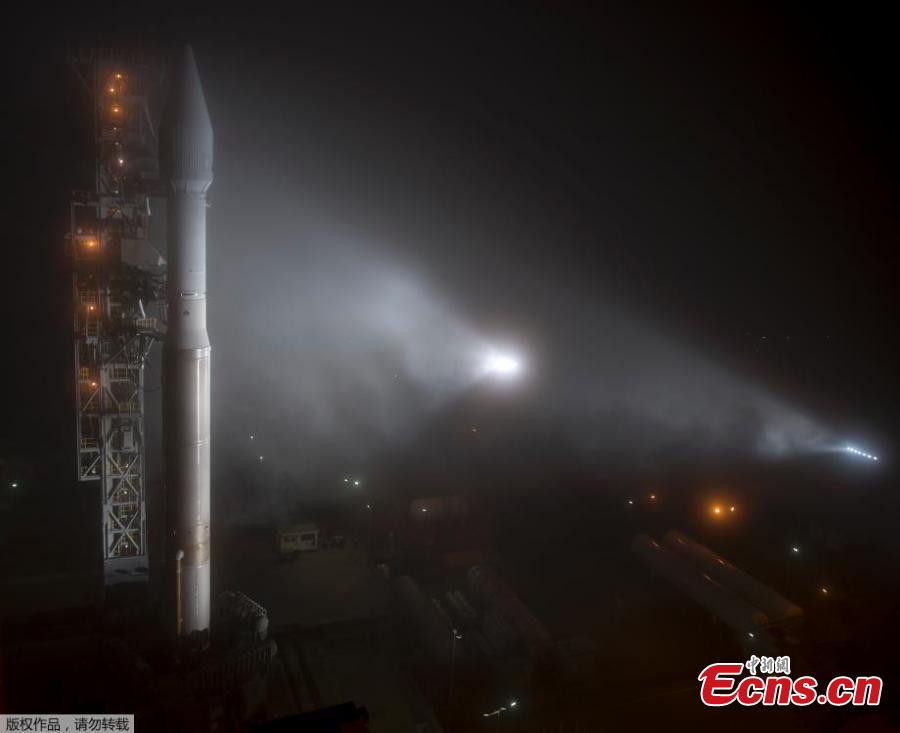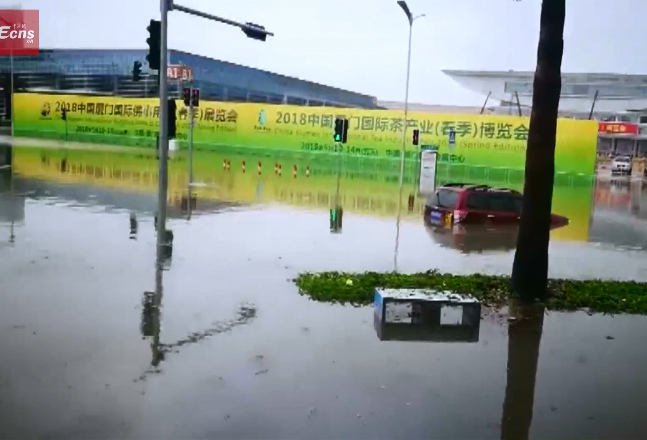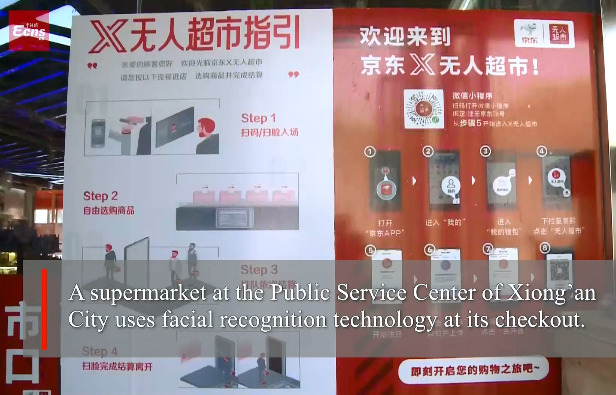Tighter scrutiny on local government and corporate debt to continue
China's ongoing deleveraging battle will continue to focus on easing corporate debt burden, adding debt-to-asset ratio into their performance assessment, while increasing scrutiny over local government and household leverage, according to a senior economist with an international financial group.
Regulations aimed at further curbing corporate debt are likely to tighten, in line with the restructuring reform process of cutting excessive production capacity and shutting down non-profitable and debt-ridden "zombie firms", said Robin Xing, chief China economist at Morgan Stanley, in an exclusive interview with China Daily.
The move is expected to help control the country's overall macroeconomic leverage level, whose pace of increase has eased during the past 18 months as the deleveraging efforts have intensified, said the economist, who attended a seminar last month chaired by Premier Li Keqiang for collecting suggestions on drafting the Government Work Report. [Special coverage]
Those efforts include the ban on shadow banking financing for local government infrastructure projects and heightened focus to contain consumer leverage.
"Growth pace of the broader measure of credit is gradually getting closer to the nominal GDP growth rate," a crucial change that reflects effective deleveraging, according to Xing.
Zhou Xiaochuan, governor of the People's Bank of China, the central bank, said at a news conference last week during the ongoing first session of the 13th National People's Congress, that China has "entered a stage of stabilizing and gradually reducing the leverage level" after financial regulators cracked down on portions of the shadow banking business.
The overall macroeconomic leverage ratio could be measured through three sub-indexes: the debt-to-GDP ratios for corporates, households and governments.
According to official data released by Xiao Yaqing, head of the State-Owned Assets Supervision and Administration Commission, at an NPC news conference on Saturday, the centrally administrated State-owned enterprises' debt-to-asset ratio has stabilized in recent years, with the ratio dropping to 66.3 percent last year, down from 66.7 in 2016. The total debt has reached 36.1 trillion yuan ($5.7 trillion) in 2017, including 9.6 trillion yuan of bank loans.
"Strengthening risk controls and deleveraging remains an important task this year," said Xiao, who has confirmed that deleveraging results will be one of the key elements used to evaluate SOEs' annual performance.
Based on the Morgan Stanley economist's research, by the end of 2019, the country's government debt-to-GDP ratio is forecast to further come down by about 1 percentage point, and the annual increase in household debt-to-GDP ratio to slow by about 3 percentage points, which will primarily be a result of the tighter scrutiny over excessive leverage build-up among local government and households. It will also help stabilize the overall macroeconomic leverage ratio, ensuring a healthy transition to a consumption-led economy in the long run.
Given the strong global economic growth and a robust domestic job market, some negative impact from the tightening regulation, such as the tighter scrutiny on local government financing that could curtail new public-private partnership projects and weigh on infrastructure investment, might be partly absorbed, according to Xing.









